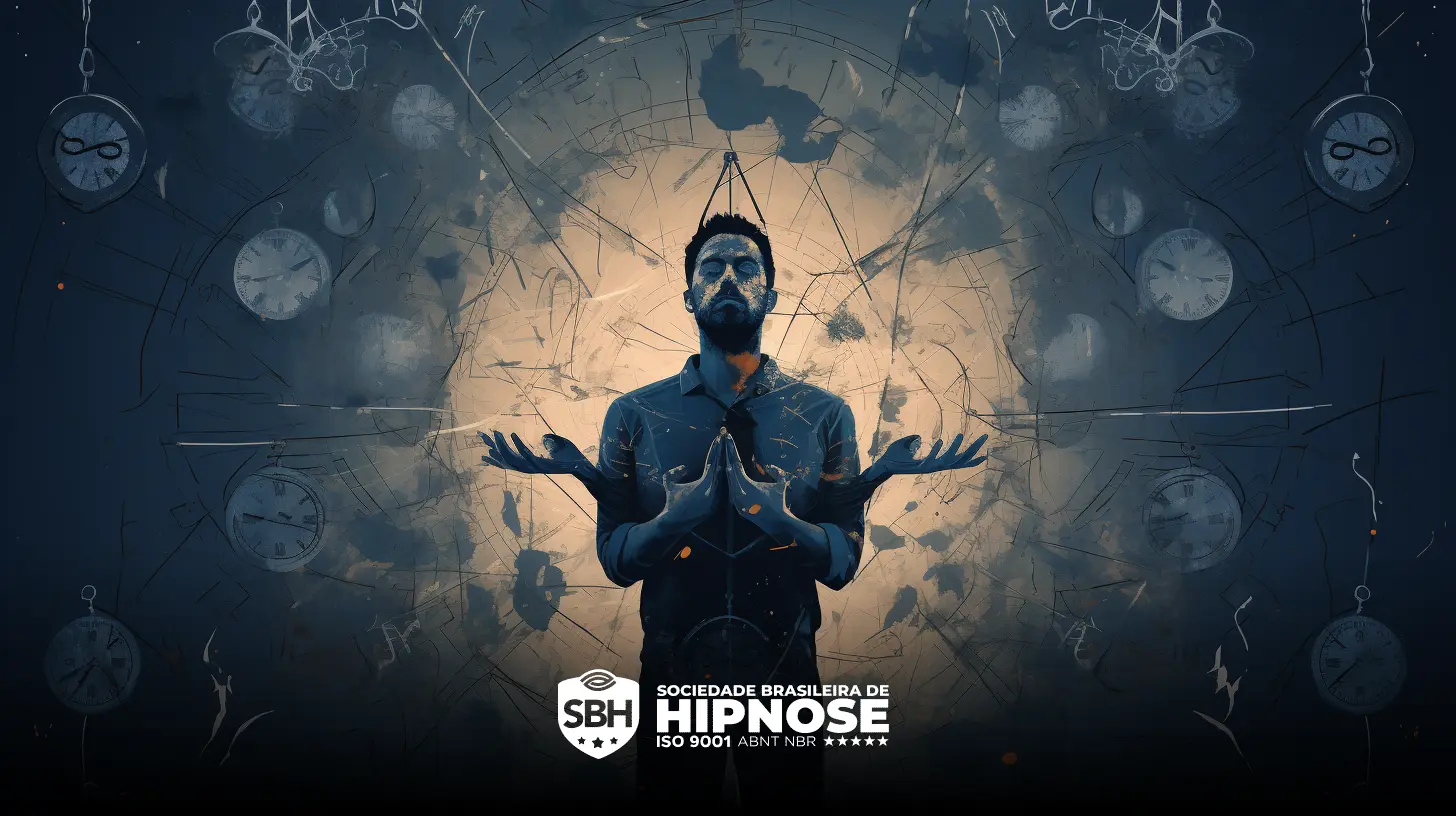When we think about global health threats, a series of diseases come to mind. However, only a few significantly contribute to mortality rates both worldwide and in Brazil. In this article, we will explore the 10 deadliest diseases, with critical data and insights on each one.
In the current context, understanding the impact of these conditions is crucial. Not only for health professionals but also for the general public. What makes a disease highly lethal? What are the prevalent conditions in our Brazilian reality compared to the international scenario? These are some of the questions we will address.
Using information from reliable sources and recent analyses, this article will be a comprehensive guide on the subject. We will identify what these diseases are and share relevant data that may surprise and inform.
Public health is a constantly evolving field, and despite advances in medicine and science, significant challenges remain. In the wake of the COVID-19 pandemic, attention to other conditions should not be diminished.
Therefore, we invite you to join us on this informative journey as we discuss the diseases that most affect lives around the world and in our nation.
Cardiovascular Diseases: Leaders in Mortality
Cardiovascular Diseases: Leaders in Mortality
Cardiovascular diseases (CVD) continue to be the leading cause of death worldwide and also in Brazil, representing a significant public health concern. According to recent data from the World Health Organization, about 17 million people die from CVD annually, which accounts for approximately 32% of all global deaths. In Brazil, this reality is no different; CVD accounts for about 30% of deaths, reflecting lifestyle patterns and prevalent risk factors in the population.
Among the reasons that make CVD so devastating are factors such as hypertension, diabetes, obesity, high cholesterol, and physical inactivity. These elements can be exacerbated by excessive alcohol and tobacco consumption, as well as social and psychological stressors. In urban contexts, air pollution and inadequate diet further increase these risks.
To illustrate the variation in mortality from cardiovascular diseases, see the table below:
| Age | Brazil (%) | World (%) |
|---|---|---|
| 30-44 years | 5% | 4% |
| 45-64 years | 25% | 23% |
| 65 years and older | 70% | 73% |
Prevention is crucial to reducing these numbers. Simple measures, such as adopting a balanced diet, regular physical activity, and stress management, can make a significant difference in cardiovascular health. For more information on global health statistics, visit the World Health Organization.
Cancer: The Ongoing Fight for a Cure
Cancer remains one of the leading causes of death worldwide, including in Brazil, encompassing a wide variety of types that vary in severity and incidence. In 2023, data from public health organizations show that cancer is responsible for approximately 10 million deaths annually worldwide. In Brazil, about 300,000 new cases are diagnosed each year, increasing the urgency in addressing prevention and treatment.
The most lethal types of cancer include:
- Lung cancer
- Colorectal cancer
- Stomach cancer
- Liver cancer
- Breast cancer
- Esophageal cancer
- Pancreatic cancer
- Prostate cancer
- Colon cancer
- Non-Hodgkin lymphoma
Recent advances in treatments, such as targeted therapy and immunotherapy, have brought hope, but early diagnosis is still crucial. Early detection can significantly increase survival rates, especially in cases like breast and cervical cancer, where regular screenings can make all the difference.
Therefore, the fight against cancer requires a joint effort in education, prevention, and innovation in treatment. With awareness and continuous advancements, it is possible to turn alarming statistics into stories of life and overcoming.
Respiratory Infections: Persistent Threats

Acute respiratory infections, such as pneumonia and flu, pose a significant threat to public health, being responsible for a high mortality rate worldwide. In 2023, it is estimated that these infections cause millions of deaths each year, presenting an ongoing challenge even with advances in vaccines. Data from the World Health Organization indicate that respiratory infections account for about 4 million deaths globally, while in Brazil, this number reaches about 90,000.
Vaccines play a crucial role in preventing respiratory infections. Despite the availability of effective vaccines, vaccine adherence remains a challenge. Factors such as misinformation, vaccine hesitancy, and limited access to healthcare services negatively impact vaccination coverage. Additionally, the resistance of some pathogens, such as the flu virus, to treatments can make some strains more dangerous and difficult to control.
Vaccination, along with preventive measures such as mask-wearing and hygiene practices, is essential to reduce cases and mortality associated with these diseases. Educational campaigns on the importance of immunization should be ongoing to encourage the population to get vaccinated.
The most important vaccines to prevent respiratory infections include:
- Influenza vaccine
- Pneumococcal vaccine
- COVID-19 vaccine
- Diphtheria and tetanus vaccine
It is essential that individuals and communities understand the importance of these vaccines and adopt preventive behaviors to protect everyone’s health.
Diabetes: The Silent Epidemic
Diabetes: The Silent Epidemic
Diabetes is one of the main diseases affecting global mortality, contributing to about 1.5 million deaths annually. This chronic condition impacts the body’s ability to regulate blood glucose, leading to serious complications such as heart disease, kidney problems, and amputations.
There are two main types of diabetes: Type 1 and Type 2. Type 1 diabetes is an autoimmune condition that usually manifests in childhood or adolescence. Type 2, more common, is largely associated with risk factors such as obesity, sedentary lifestyle, and poor diet, and usually occurs in adults. Today, Type 2 accounts for approximately 90% of diabetes cases worldwide and in Brazil.
In Brazil, the prevalence of diabetes has been growing at an alarming rate, affecting about 16 million people, according to 2023 data. Compared to other developing countries, Brazil has high rates of diabetes, reflecting other public health issues such as poor diet and lack of access to medical care.
Controlling risk factors is essential to reduce diabetes mortality. Promoting healthy habits, such as physical exercise and a balanced diet, can be key to tackling this silent epidemic. Are you doing your part to understand and prevent this disease in your community?
Conclusion
By understanding the main causes of global mortality and in Brazil, we can adopt more effective preventive measures to mitigate risks. This knowledge not only informs public health policies but also empowers individuals to make better decisions regarding their own health.
If you enjoyed this content and wish to delve deeper into the use of scientific hypnosis as a therapeutic tool, consider our proposal. It is an opportunity for professional and personal growth.
The Brazilian Society of Hypnosis offers innovative training that combines science and practice, creating professionals capable of dealing with the complexities of human behavior and mental health.
Learn more about our courses and see how scientific hypnosis can enhance your skills in your area of expertise. Click here to learn more.
Frequently Asked Questions
What are the main diseases that cause the most deaths in the world in 2023?
Cardiovascular diseases top the list of deaths in 2023, followed by cancer and respiratory infections. These conditions are responsible for millions of deaths globally and reflect important public health issues affecting both developed and developing countries.
How do cardiovascular diseases affect mortality in Brazil?
In Brazil, cardiovascular diseases account for about 30% of deaths, reflecting factors such as hypertension, diabetes, and sedentary lifestyle. Prevention through lifestyle changes is crucial to reduce these alarming numbers and improve the population’s health.
What are the most common types of cancer that cause death?
The most lethal types of cancer include lung cancer, colorectal cancer, stomach cancer, and liver cancer. These cancers are associated with various factors, such as genetics, lifestyle, and environment, making prevention and early diagnosis a priority in public health.
What is the importance of vaccination in preventing respiratory infections?
Vaccination is essential to reduce deaths caused by respiratory infections, such as pneumonia and flu. Effective vaccines, such as the flu and pneumococcal vaccines, help protect the population and reduce the burden on healthcare systems.
How does diabetes impact mortality in Brazil?
Diabetes is a growing concern in Brazil, affecting about 16 million people. This chronic condition leads to serious complications, contributing to approximately 1.5 million deaths annually worldwide. Adopting healthy habits can help control and prevent this silent epidemic.




